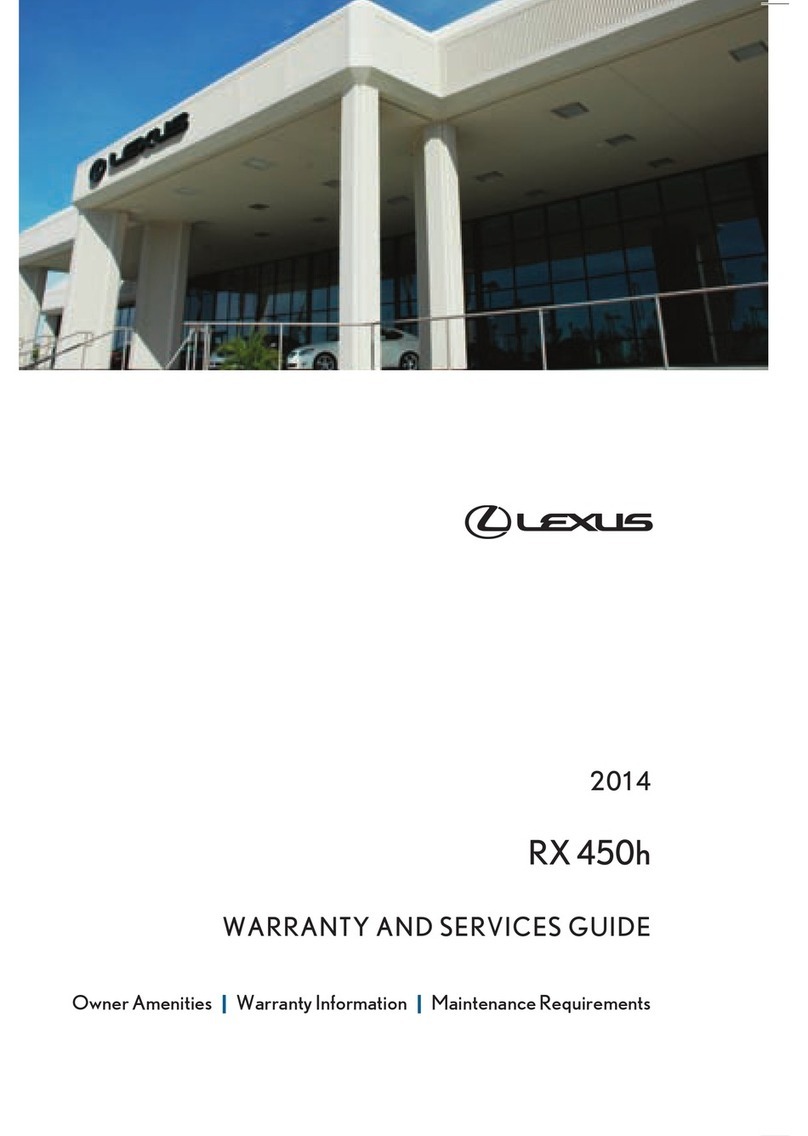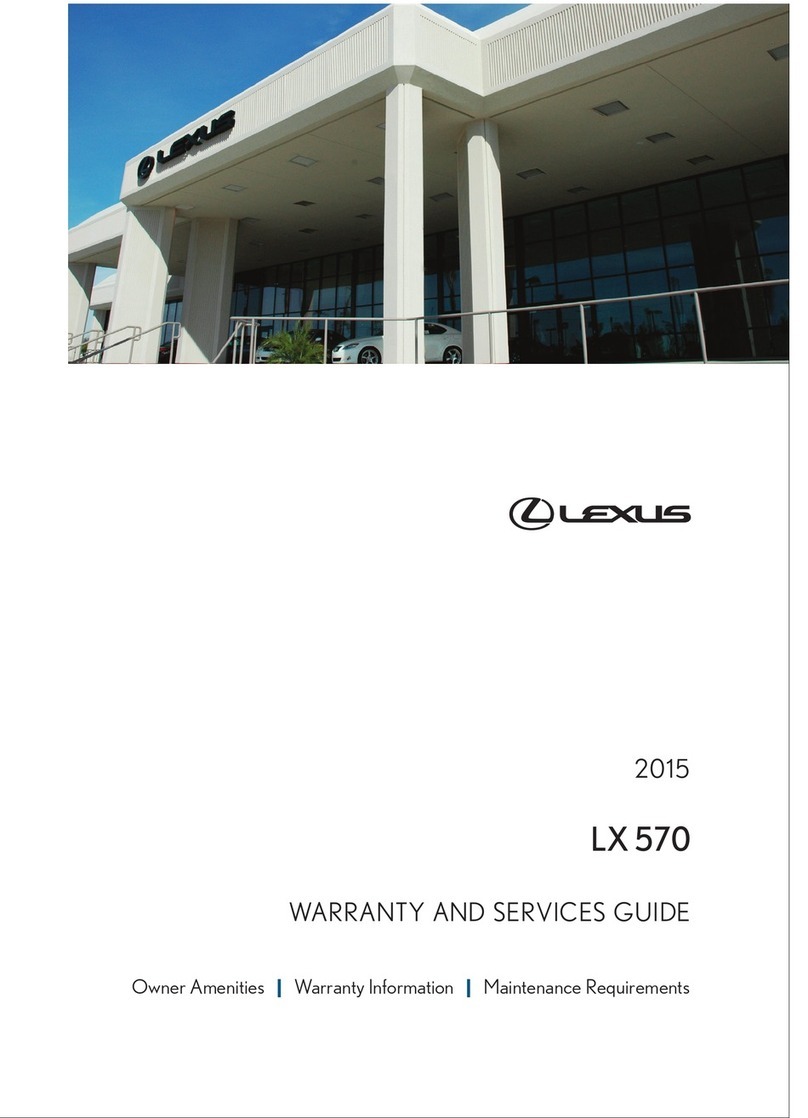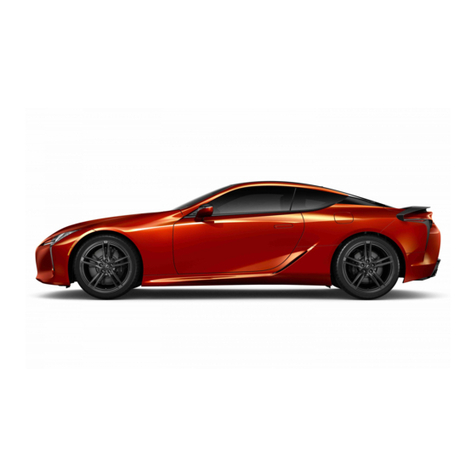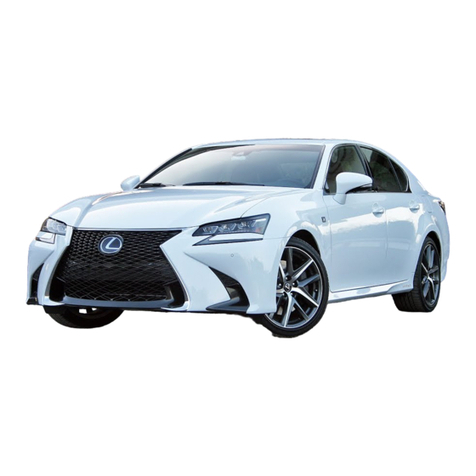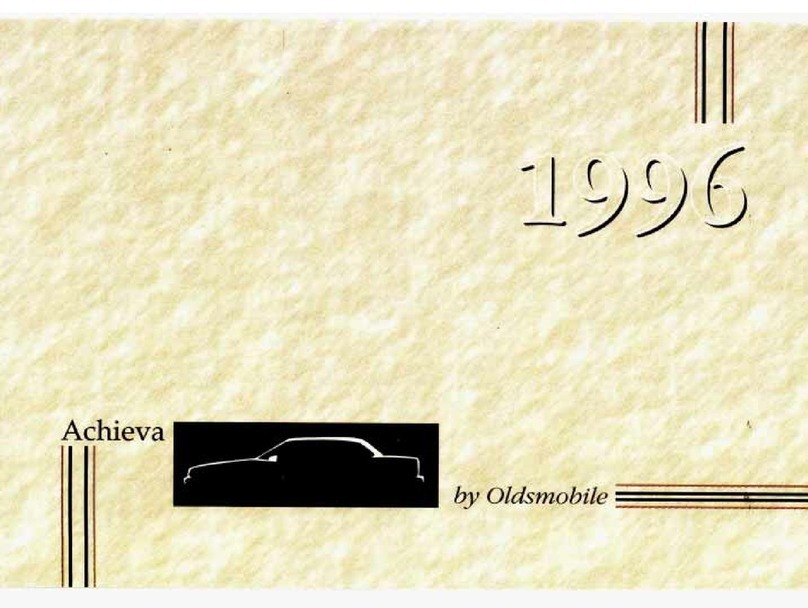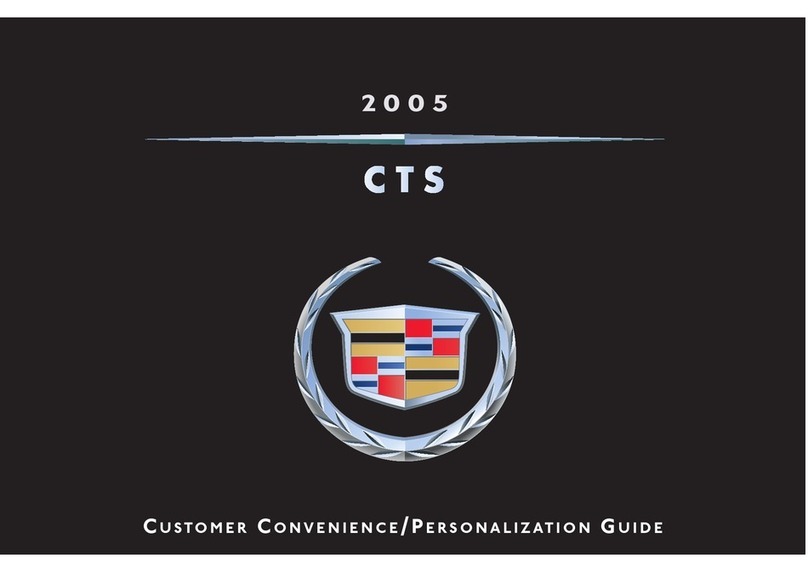ii
Foreword
This guide was developed to educate and assist dismantlers in the safe handling of Lexus ES300h
gasoline-electric hybrid vehicles. ES300h dismantling procedures are similar to other non-hybrid Lexus
vehicles with the exception of the high voltage electrical system. It is important to recognize and
understand the high voltage electrical system features and specifications of the Lexus ES300h, as they
may not be familiar to dismantlers.
High voltage electricity powers theA/C compressor, electric motor, generator, and inverter/converter.
All other conventional automotive electrical devices such as the head lights, radio, and gauges are
powered from a separate 12 Volt auxiliary battery. Numerous safeguards have been designed into the
ES300h to help ensure the high voltage, approximately 244.8 Volt, Nickel Metal Hydride (NiMH)
Hybrid Vehicle (HV) battery pack is kept safe and secure in an accident.
The NiMH HV battery pack contains sealed batteries that are similar to rechargeable batteries used in
some battery operated power tools and other consumer products. The electrolyte is absorbed in the cell
plates and will not normally leak out even if the battery is cracked. In the unlikely event the electrolyte
does leak, it can be easily neutralized with a dilute boric acid solution or vinegar.
High voltage cables, identifiable by orange insulation and connectors, are isolated from the metal chassis
of the vehicle.
Additional topics contained in the guide include:
• Lexus ES300h identification.
• Major hybrid component locations and descriptions.
By following the information in this guide, dismantlers will be able to handle ES300h hybrid-electric
vehicles as safely as the dismantling of a conventional gasoline engine automobile.
©2012 Toyota Motor Corporation
All rights reserved. This book may not be reproduced or
copied, in whole or in part, without the written permission
of Toyota Motor Corporation.



